Galapagos Species Database
The Galapagos Species Database shares the information about the species from our Natural History Collections.
Mimus melanotis
Cucuve de San Cristóbal, San Cristóbal Mockingbird
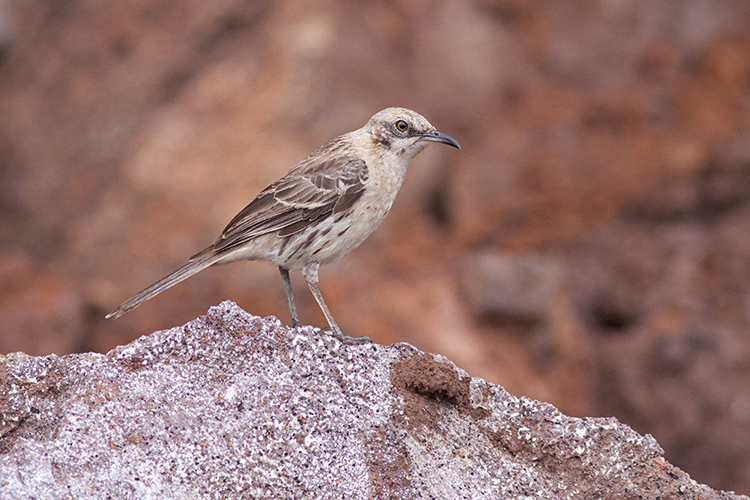
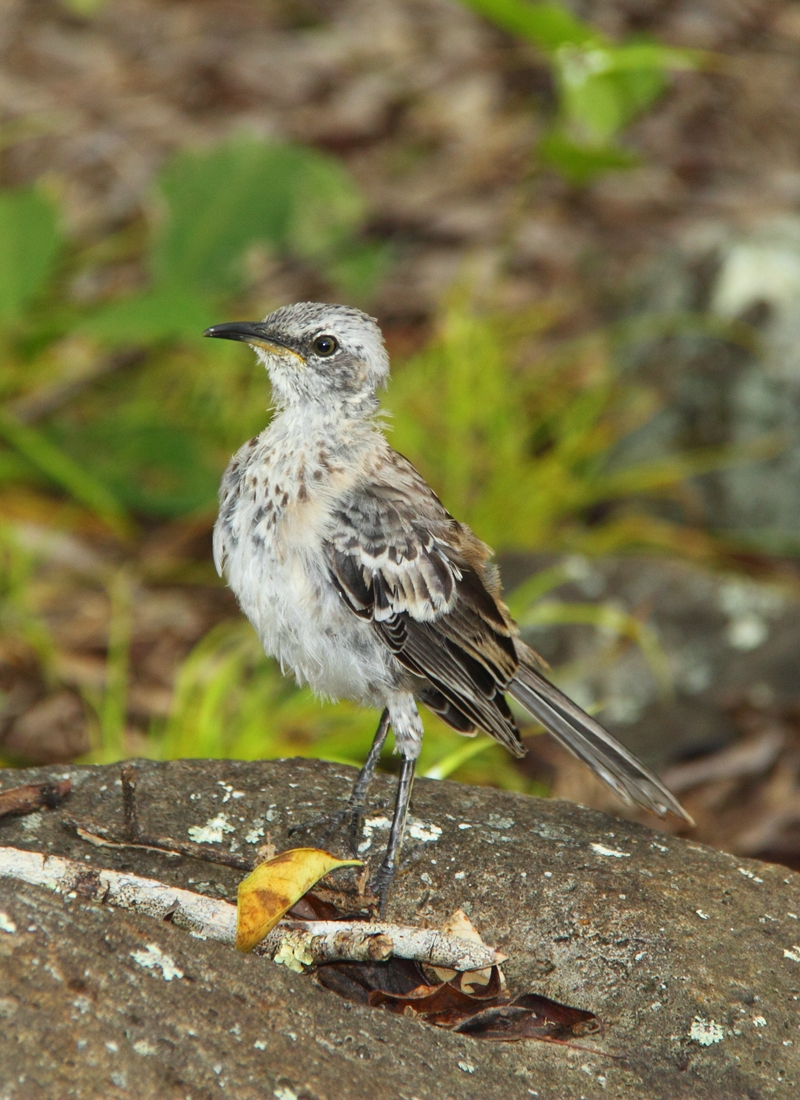
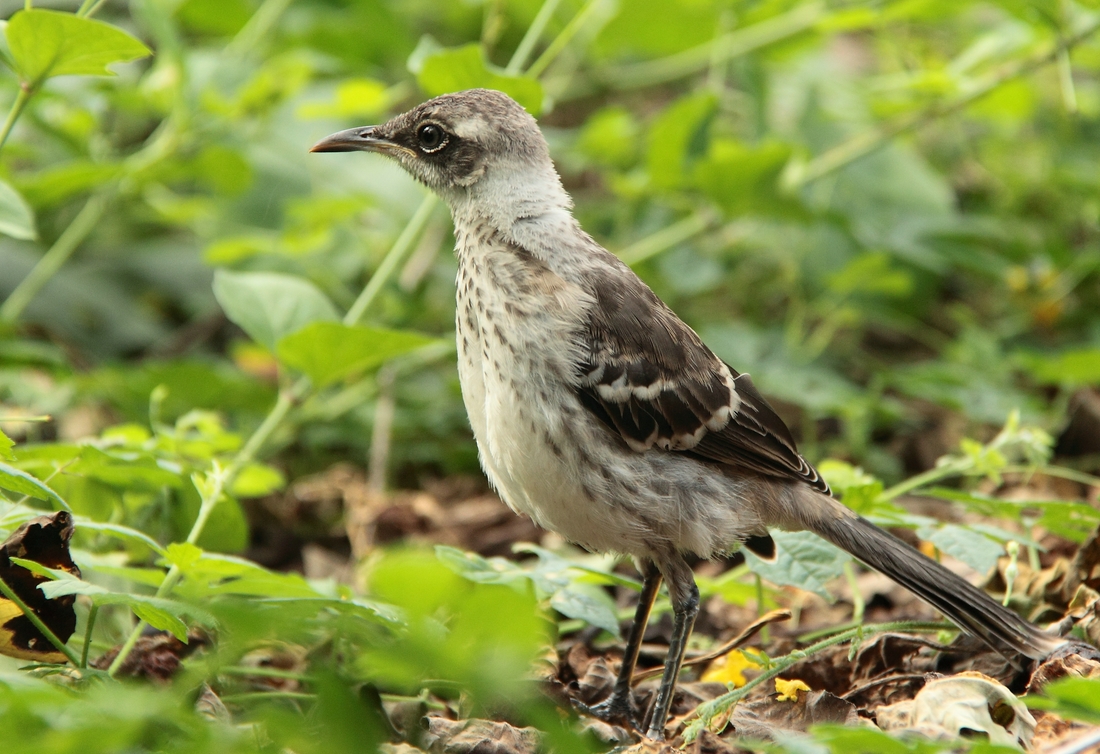
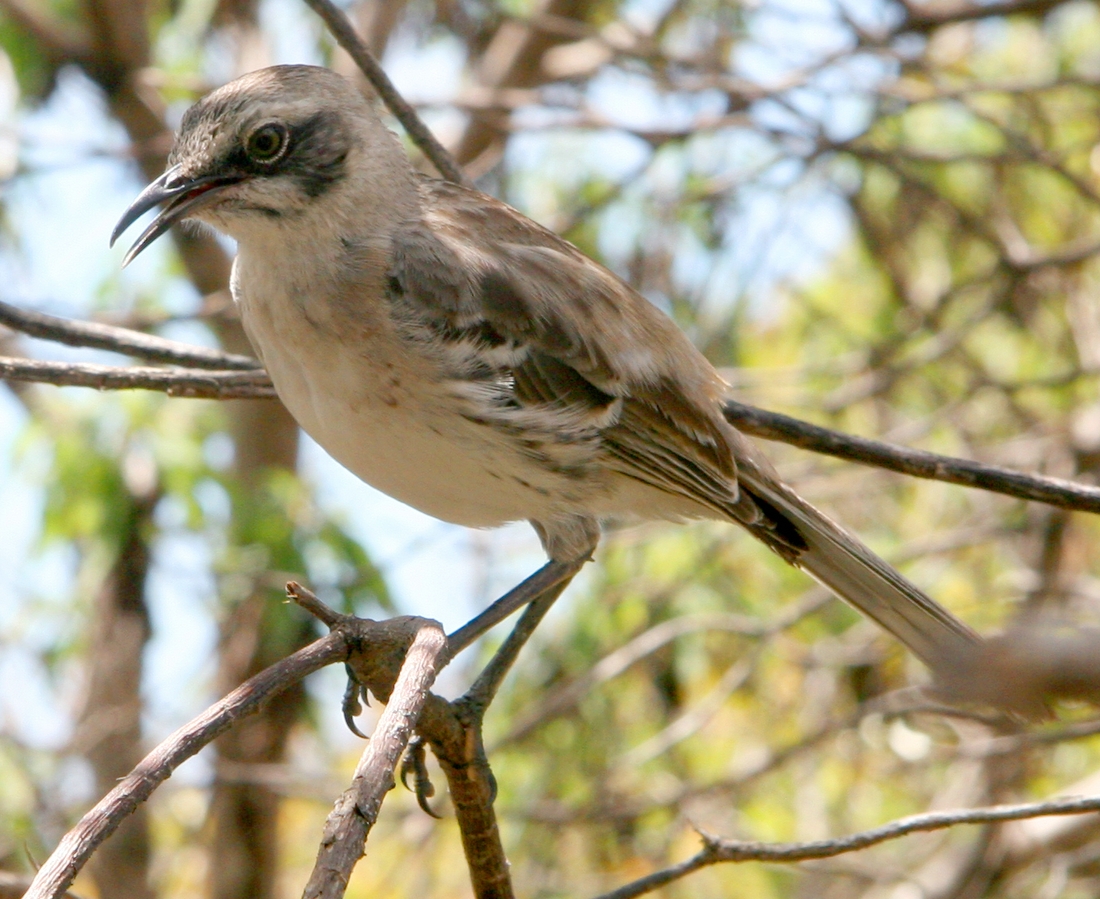
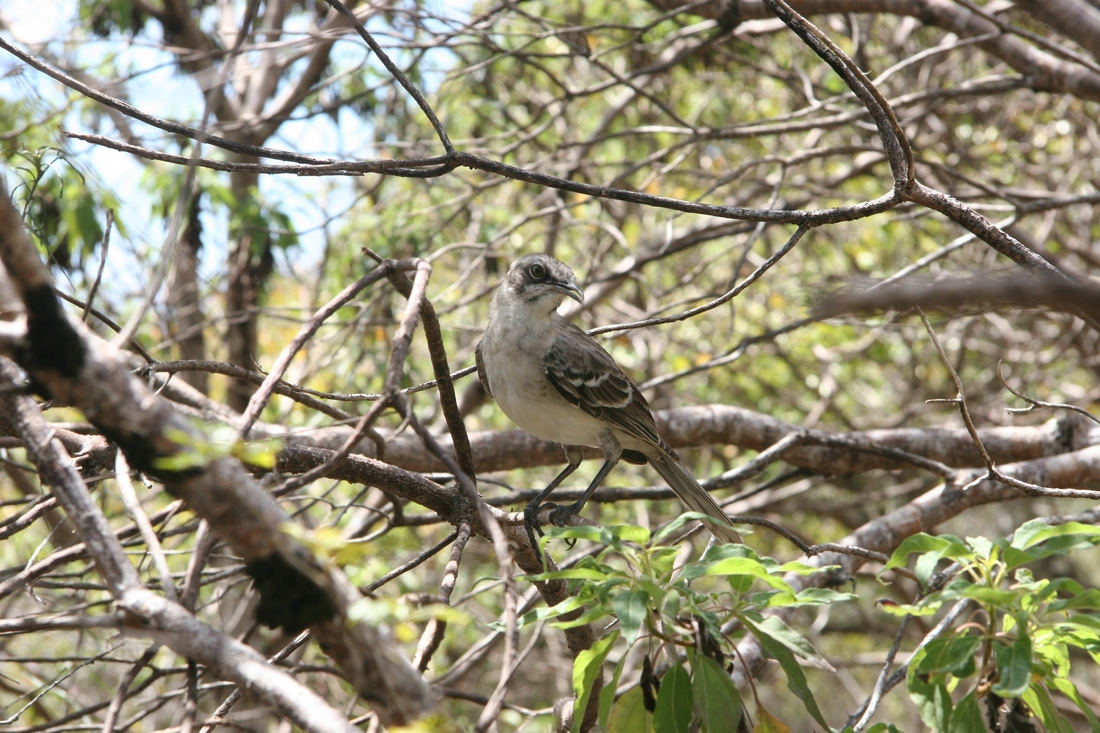

The smallest mockingbird species (53 gr males, 48 gr females). Closely related to the Espanola Mockingbird
Highest occupancy rates and densities were found in the dry zone. Mockingbirds were widespread in farmland and open uplands with native Miconia and introduced guava, albeit with lower densities. The total breeding population is estimated at 10,000–19,000 breeding territories. Threats: Possible threats are diseases and predation by rats and cats. Impact of Philornis downsi are unknown.
Domain
Eukaryota
Kingdom
Animalia
Phylum
Chordata
Class
Aves
Order
Passeriformes
Family
Mimidae
Genus
Mimus
Species
melanotis
Taxon category: Accepted
Syn.: Nesomimus melanotis Gould, 1837 (Integrated Taxonomic Information System, 2021)
Origin: Endemic
Preference for an altitude zone in Galapagos: Dry zone - humid zone
Habitat preferences: Occupies the whole range of habitats from the coast to the highlands but some woodlands are not used.
Feeding preferences: Feeding from arthropods from the ground, centipedes, crabs, lizards, but also observed swallowing a wide variety af fleshy fruits. Seeds in feces make it a possible disperser of Galápagos as well as introduced plants. They occasionally peck on iguanas for ticks.
Trophic role: Omnivorous
Reproduction mode: Exclusively sexual
Reproductive biology: Does not exhibit cooperative breeding. Terr itories are occupied by a single pair, occasionally with another adult.
Distribution origin: In common with all other Mimus, this species is closely related to species from North America and the Caribbean, rather than species from South America, indicating long distance dispersal.
- Arbogast, B.S. Drovetski, S.V., Curry, R.L., Boag, P.T. & Seutin, G.l (2006) The origin and diversification of Galápagos mockingbirds. Evolution 60: 370-382.
- Curry, R.L. (1989) Geographic variation in social organization of Galapagos (Ecuador) Mockingbirds: ecological correlates of group territoriality and cooperative breeding. Behavioral Ecology and Sociobiology 25:147-160.
- Dvorak, M. Fessl, B., Nemeth, E. Anchundia, D., Cotin, J., Schulze, C. H., Tapia, W., & Wendelin, B. (2020) Survival and extinction of breeding landbirds on San Cristóbal, a highly degraded island in the Galápagos. Bird Conservation International 30(3): 381-395. doi.org/10.1017/S0959270919000285
- Fessl, B. Anchundia, D., Carrión, J., Cimadom, A., Cotin, J., Cunninghame, F., Dvorak, M., Mosquera, D., Nemeth, E., Sevilla, C., Tebbich, S., Wendelin, B., and Causton, C. (2017) Galapagos landbirds (passerines, cuckoos, and doves): Status, threats, and knowledge gaps. Galapagos Report 2015-2016. GNPS, GCREG, DCF, GC. (in English and Spanish).
- Freile, J.F. Santander, T., Jiménez-Uzcátegui, G., Carrasco, L., Cisneros-Heredia, D., Guevara, E., Sánchez-Nivicela, M., Tinoco, B. (2019) Lista Roja de las aves del Ecuador Quito, Ecuador. 97 pp.
- Harris, M.P. (1973) The Galápagos avifauna. Condor 75(3): 265-278.
- Hoeck, P. Bollmer, J., Parker, P. & Keller, L. (2010) Differentiation with drift: a spatio-temporal genetic analysis of Galápagos mockingbird populations (Mimus spp.). Philosophical Transactions of the Royal Society of London. Series B, Biological Sciences 365:1127-1138.
- Integrated Taxonomic Information System (2021) Integrated Taxonomic Information System (ITIS). Www.itis.gov
- IUCN (2015) The IUCN Red List of Threatened Species. Version 2015-4. <www.iucnredlist.org>. Downloaded on 20 November 2015.
- Jiménez-Uzcátegui, G. Milstead, B., Márquez, C., Zabala, J., Buitrón, P., Llerena, A., et al. (2007) Galapagos vertebrates: endangered status and conservation actions. Galapagos Report 2006–2007. Charles Darwin Foundation, Puerto Ayora, p. 104–110.
- Nietlisbach, P. Wandeler, P., Parker, P., Grant, P., Grant, B., Keller, L. & Hoeck, P. (2013) Hybrid ancestry of an island subspecies of Galápagos mockingbird explains discordant gene trees. Molecular Phylogenetics and Evolution 69:581-592.
- Salvin, O. (1876) On the avifauna of the Galápagos Archipelago. Transactions of the Zoological Society of London 9: 447-510.
- Sundevall, C.J. (1871) On birds from the Galápagos Islands. Proceedings of the Zoological Society of London 1871: 124-129.
- Swarth, H.S. (1931) The Avifauna of the Galapagos Islands. Occ. Pap. Calif. Acad. Sci. 18: 1-299.
- Wiedenfeld, D.A. Jiménez-Uzcátegui, G. (2008) Critical problems for bird conservation in the Galapagos Island. Cotinga 29: 22-27.
- Wiedenfeld, D.A. (2006) Aves, the Galapagos Islands, Ecuador. Check List 2006 2(2): 1-27.
You are welcome to download and use the information found in this page, acknowledging its source.
This page should be cited as follows:
"Galapagos Species Database, Mimus melanotis", dataZone. Charles Darwin Foundation, https://datazone.darwinfoundation.org/en/checklist/?species=5117. Accessed 5 November 2025.


Feeding type: Polyphagous
Arthropods, fruits, peck on iguanas for ticks